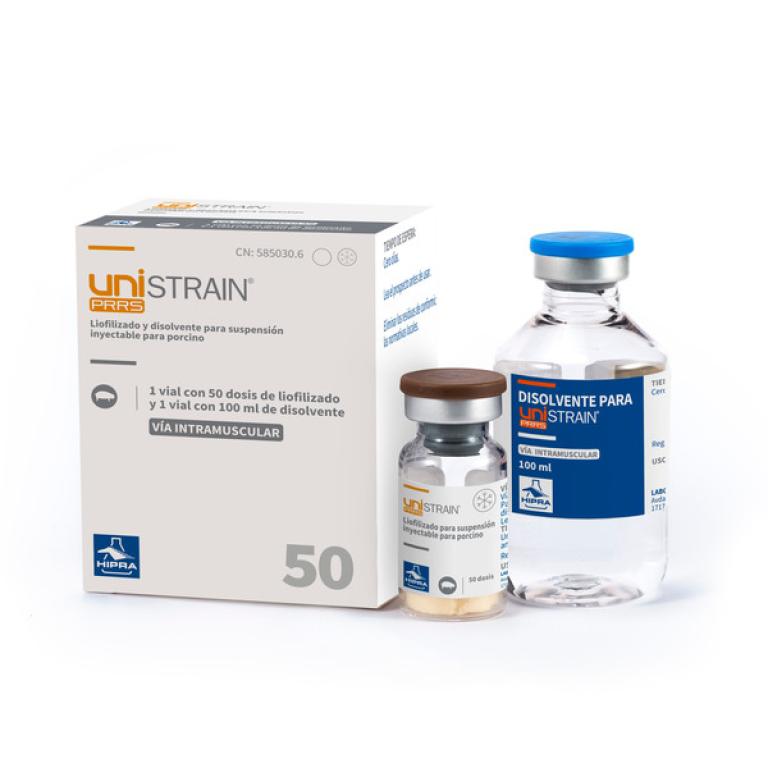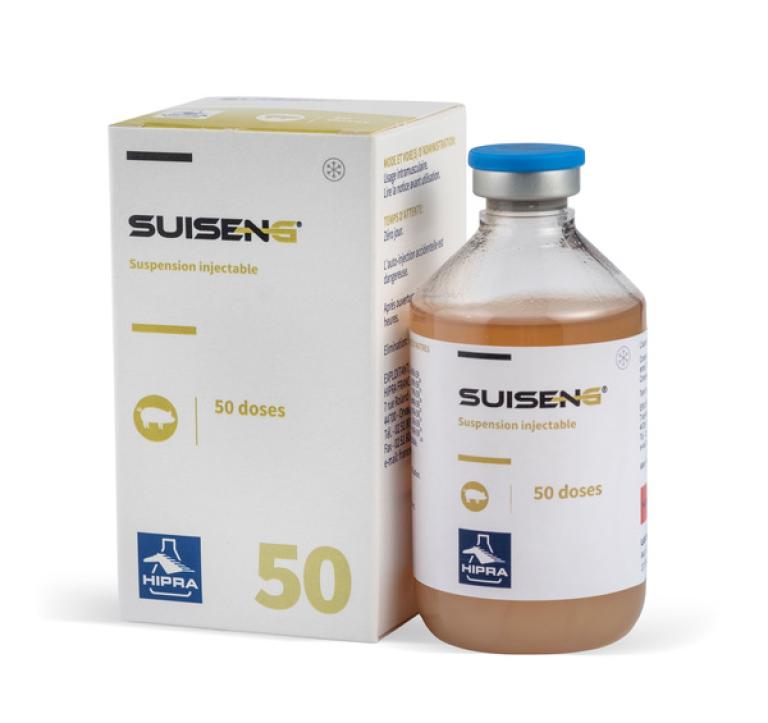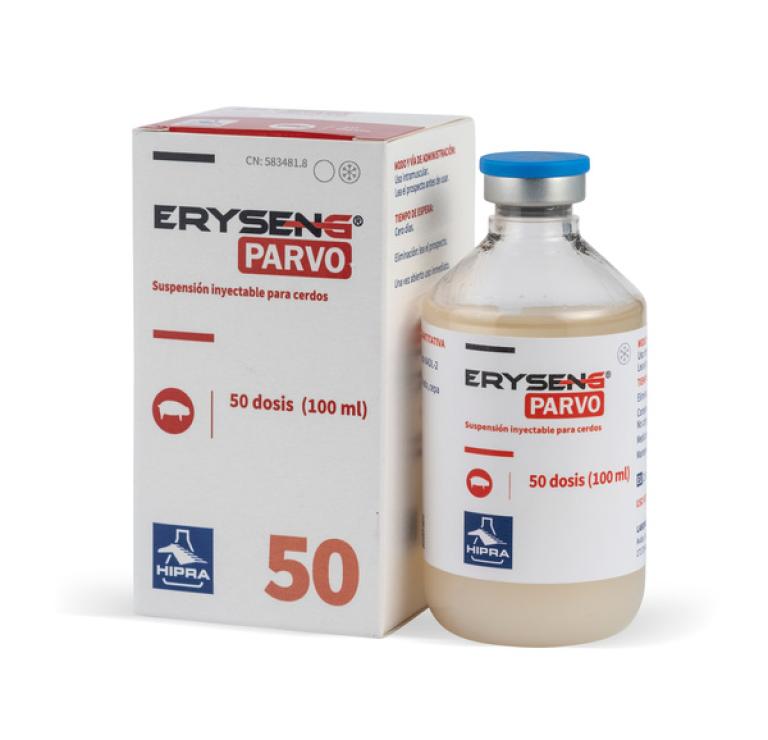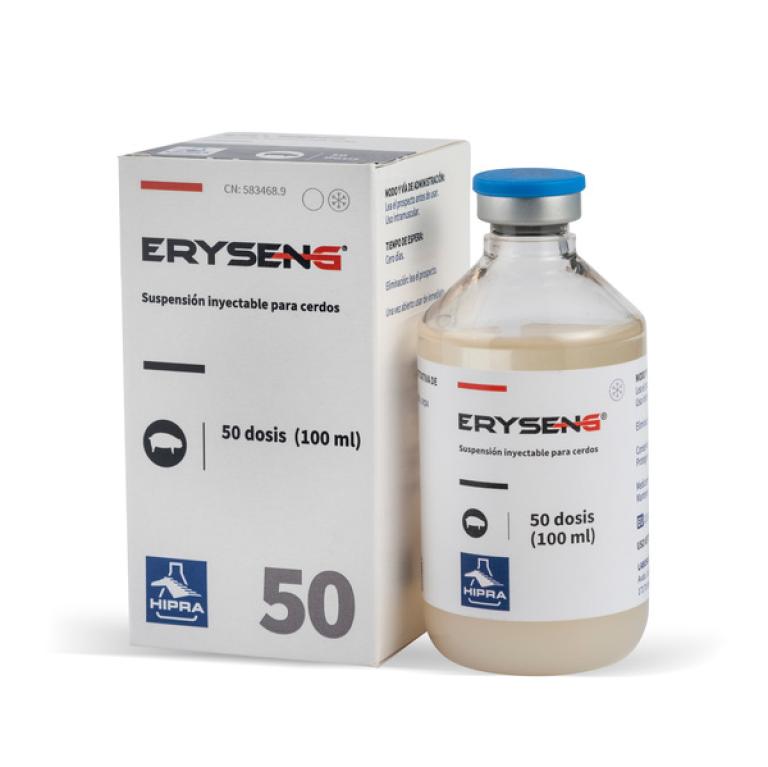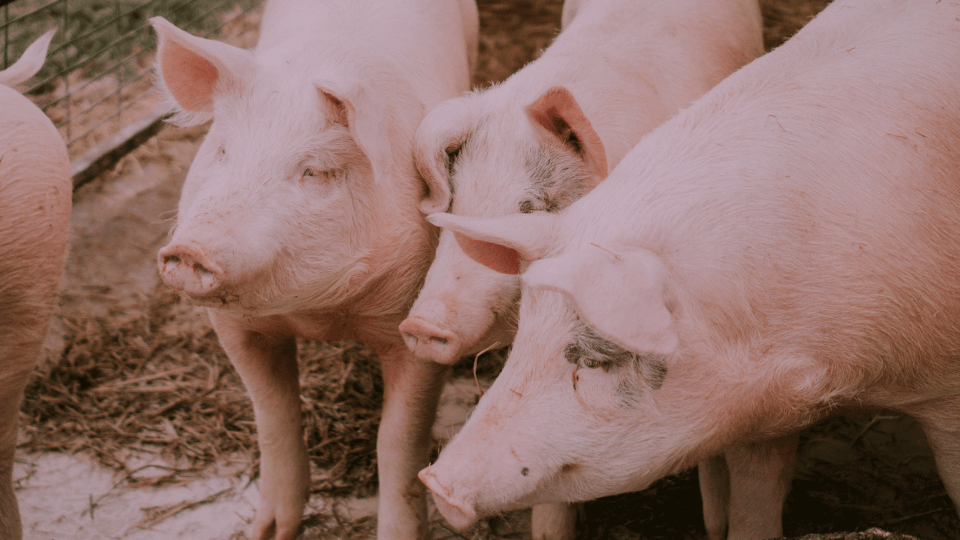Welcome to the space that deals with the consequences of VTEC infections in the field through quick audio episodes:
EPISODE #2: What about Edema Disease under field conditions?

Certified European Porcine veterinarian graduated from Ghent University. He owns an independent veterinary clinic focusing on offering vet support and animal welfare advice.

Veterinary specialist in swine and MSc by Zaragoza University and eMBA studies by the Barcelona School of Management. Corporate Brand Manager of the SENG Range at HIPRA.

Certified European Porcine veterinarian and PhD focusing on swine flu from Ghent University. Since 2016 she has been part of the HIPRA Benelux team.
Edema disease could be present on the farm as a clinical or subclinical form. Clinical presentation is commonly seen as a sudden outbreak of mortality amongst piglets just after weaning. In the case of the subclinical form, no clinical signs are present, whilst growth performance is compromised, so that a trial and error approach should be used to identify those losses.
Compared to the 90’s, what are the biggest changes in pig production in Belgium in your opinion?
Not uncommonly, when we see the typical symptoms, it is on farms using grower terminal sires. The faster the pigs are growing, the greater the risk of outbreaks seems to be. This is often characterised by sudden death of some of the best piglets in a few pens and, not uncommonly, this occurs a few days after they switch to the second or third feeding phase.
Also, where the outbreaks used to occur fairly soon after weaning, we now see them from 2-3 weeks after weaning until the end of the nursery period or even after transition to the fattening unit. As you indicated before, the push for growth to reach 24-25kg by the end of the nursery period at 70 days of age seems to have a big impact. In the context of improving gut health and reducing antibiotic consumption, we might have to reconsider the balance of growth targets.
When you are vaccinating against Edema Disease on this subclinical farm, what happens?
When HIPRA’s Edema Disease vaccine was launched, we implemented piglet vaccination as an effective tool [DB1] to tackle the problems on this type of farm. By applying it, we observed good results primarily at the level of antibiotic reduction. By intensifying the technical follow-up on these farms, we were also able, unexpectedly, to obtain higher growth in fatteners, varying on average between 2-4 kg extra.
On one farm for which we had all the individual carcass weights, a higher homogeneity was also observed in the vaccinated group. For that reason, I think that subclinical Edema Disease should be included from the beginning in the differential diagnosis of farms with an elevated antibiotic consumption in the nursery period.








